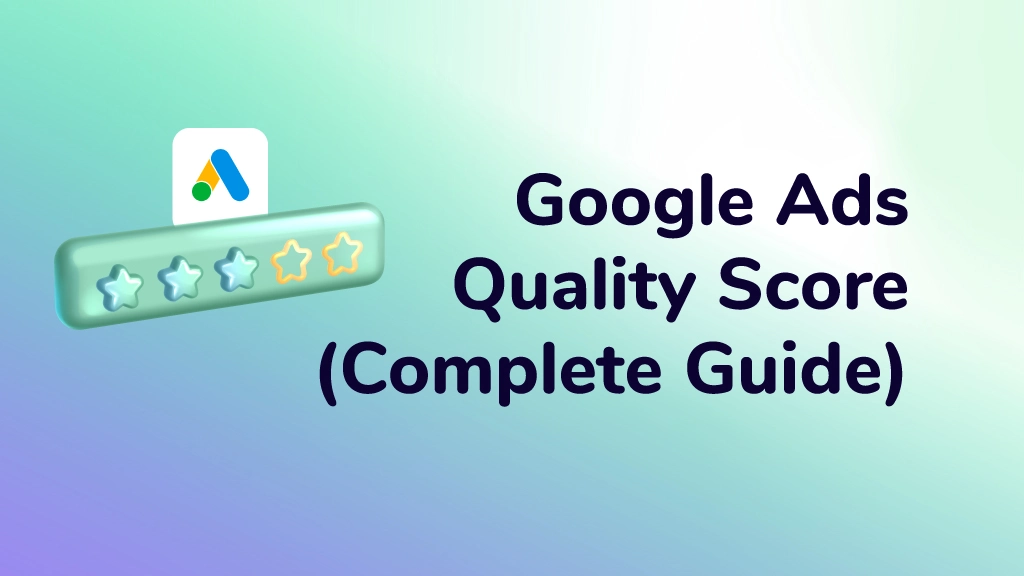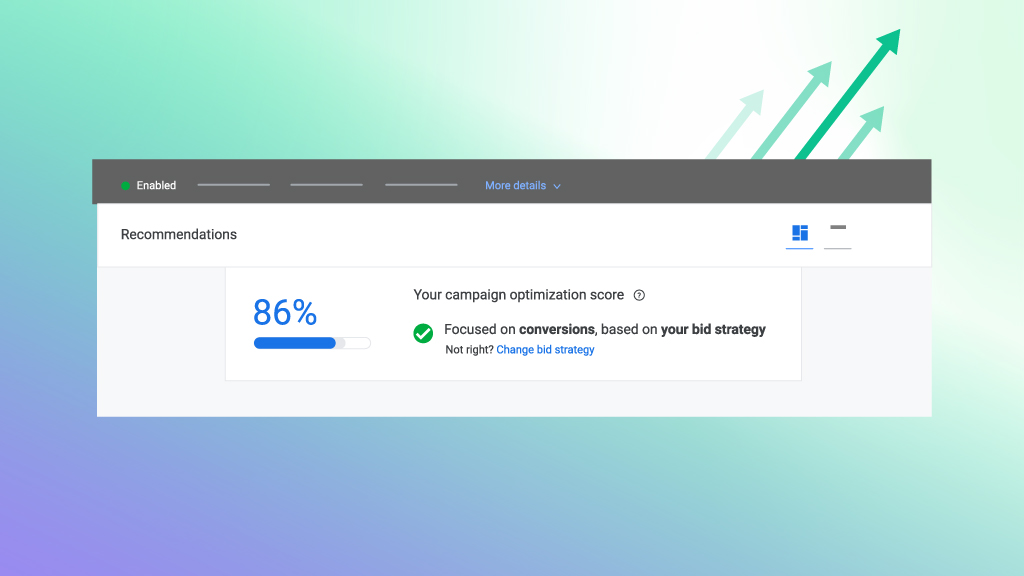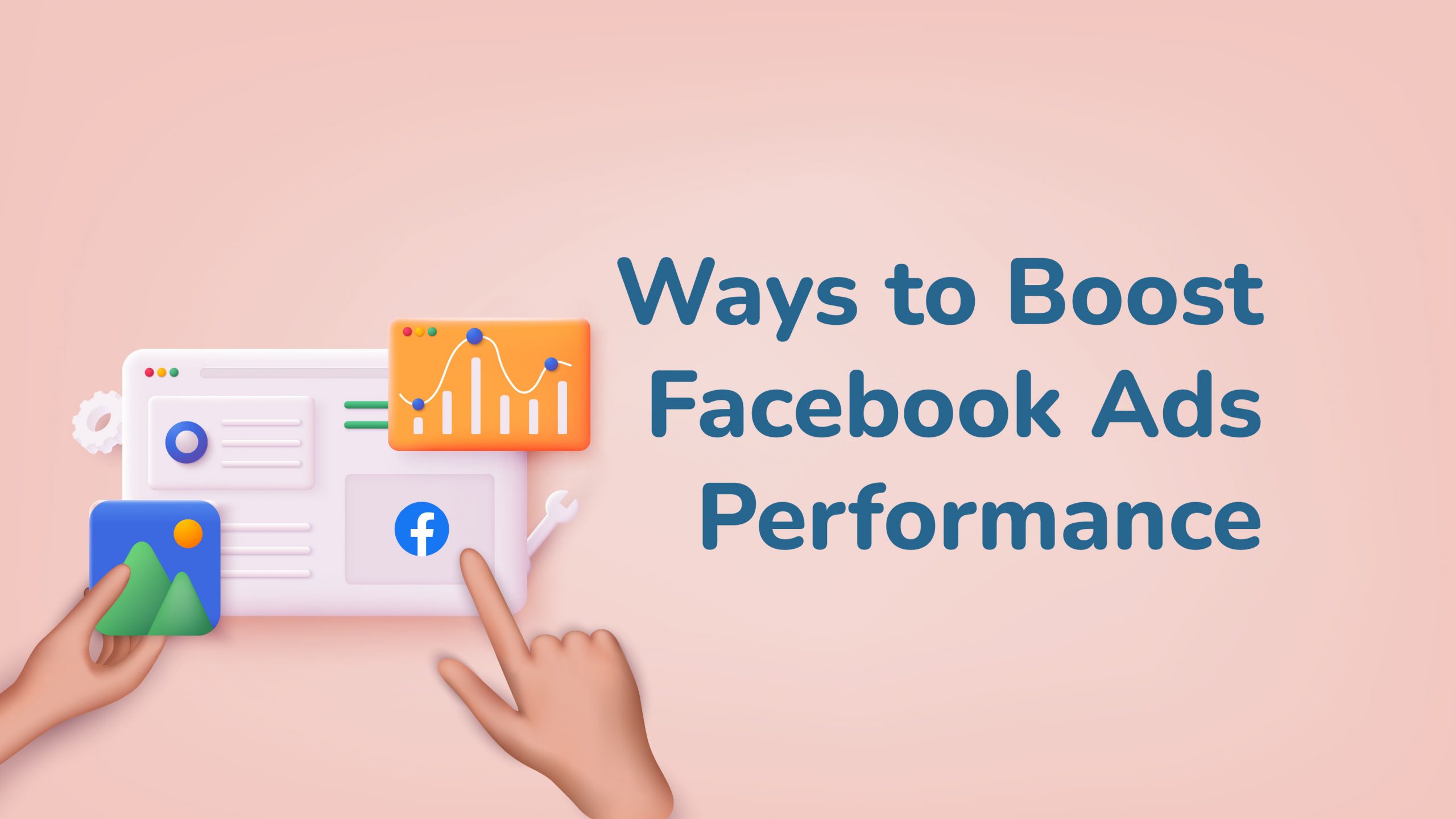Google Ads Quality Score (Complete Guide)

- What Is Quality Score?
- How to Calculate Quality Score in Google Ads?
- How to Improve the Quality Score of Your Google Ads?
- What Are the Benefits of a Good Quality Score?
In the digital ads world, your success depends on connecting with your target audience. Google Ads is your tool to do just that, allowing you to display your products and services to a wide online audience. But how do you make sure your ads stand out and reach the right people without breaking the bank?
Google Quality Score is a game-changer. It can help you place your ads better, save money, and make your ads perform at their best. Here, we’ll explain it, so you can use it to improve your Google Ads campaigns easily. Now let’s dive into the world of Google Quality Score.
What Is Quality Score?
Google Quality Score is a metric in Google Ads that grades the quality and relevance of your keywords and PPC ads. It is scored on a scale of 1 to 10, with 10 being the highest score possible. A higher Quality Score indicates that your ad is more relevant to users and has a better chance of achieving a higher position in the search results.
There are three types of Quality Scores, which are Keyword Quality Score, Ad Quality Score, and Landing Page Quality Score. By understanding these different Quality Scores, you can gain more insights into the strengths and weaknesses of your ad campaigns and work on improvements accordingly.
In simple terms, it’s Google’s way of ensuring that the ads displayed to users are not only relevant but also provide a positive experience. Google Quality Score impacts your ad’s position, cost per click (CPC), and overall ad performance.
How to Calculate Quality Score in Google Ads?
The exact formula for calculating Quality Score has been one of Google’s secrets. However, recent insights from studies have offered valuable information. These researches have shown that Google Quality Score depends significantly on three main components:
Expected Click-Through Rate (CTR): This factor estimates how likely someone is to click on your ad when they search for a specific keyword. Google assigns point values to different levels of expected CTR, such as 0 for below average, 1.75 for average, and 3.5 for above average. A high expected CTR implies that your ad is well-matched to user intent, increasing the likelihood of clicks.
Ad Relevance: Ad relevance assesses the alignment between your ad copy and the keywords you’ve chosen. It also gets a point value, like 0 for below average, 1 for average, and 2 for above average. A high score in ad relevance signifies that your ad content resonates with the keywords, making it more likely to capture the audience’s attention.
Landing Page Experience: This measures the user-friendliness and relevance of your landing page. Like the other factors, it’s assigned point values, such as 0 for below average, 1.75 for average, and 3.5 for above average. A high landing page experience score indicates that your landing page is well-optimized, user-friendly, and relevant to users’ needs.
The Quality Score Formula is;
1 + Landing Page Experience Points + Ad Relevance Points + Click Through Rate Points
While the exact formula is still a secret, understanding these Google Ads Quality Score factors can help you make your ads better. When your Google Quality Score goes up, your ads can show up in better places, cost less, and give you more value for your money.
How to Improve the Quality Score of Your Google Ads?

Improving your Google Quality Score is a strategic process that includes optimizing your Google Ads campaign for better results, cost-efficiency, and increased ad relevance. To achieve this, we’ll go through the key steps, each one designed to improve different aspects of your campaign.
Choose Your Keywords Wisely
The keywords that you choose are the starting point for any Google Ads campaign, and they are important for your Google Quality Score. You need to ensure they’re strong and well-structured. Begin by choosing keywords that are not too broad or unrelated to your ad content. It’s all about relevance. Select keywords that directly relate to your products or services.
Consider using long-tail keywords, which are specific keyword phrases that can attract a highly targeted audience. Also, don’t forget about negative keywords, which help you exclude irrelevant traffic. Experiment with different keyword match types like broad match, phrase match, and exact match to refine your keyword targeting.
Create Compelling Ad Copy
Creating compelling ad copy is all about making your message impossible to ignore. It starts with using keywords to ensure relevance, crafting captivating headlines that attract people, and highlighting what sets your business apart. When you guide users with clear calls to action, it encourages them to engage with your business. Also, experimenting with different ad versions allows you to optimize your message for maximum effectiveness.
It is for communicating your message so effectively that people can’t resist clicking on your ad. By creating persuasive ad copies, you can make your ads more enticing and boost your ads’ Google Quality Score.
Provide a Seamless Landing Page Experience

Creating a seamless landing page experience is crucial for your Quality Score in Google Ads. Key aspects include loading speed optimization, maintaining consistency between your ad and landing page, ensuring clarity, making it mobile-friendly, and enhancing user experience. This approach improves the potential for converting clicks into actual customers.
Add Extra Value with Ad Extensions
Ad extensions are like bonus features for your ads, helping you improve your Google Quality Score. They provide extra information and visibility to potential customers. Consider options like site link extensions, callout extensions, structured snippet extensions, location extensions, call extensions, and price extensions to improve your ad’s impact and provide valuable information. It’s all about making your ad relevant to your audience.
Stay Proactive with Regular Monitoring and Adjustments
Staying proactive through regular monitoring and adjustments is important. Start by closely tracking your ad performance, keeping an eye on metrics like click-through rates, conversion rates, and cost per click. Regularly refine your keyword list, eliminating underperforming keywords and introducing new ones that align with your goals. Don’t hesitate to experiment with A/B tests to discover the most effective ad variations.
Budget management is key to maximizing your ROI. Ensure your budget is allocated to high-performing campaigns and keywords. Continuously optimize your landing pages for fast loading and an excellent user experience.
Stay competitive by analyzing your competitors’ strategies and seizing opportunities for improvement in your campaigns. With consistent attention, your Google Ads campaign can maintain its effectiveness and deliver outstanding results, and you can improve your Google Quality Score.
Improving the Quality Score of your Google Ads is important for a more effective and successful advertising strategy. By focusing on keyword selection, crafting compelling ad copy, providing a seamless landing page experience, using ad extensions, and staying proactive with regular monitoring and adjustments, you can elevate your Google Quality Score and, in turn, your ad campaign’s performance.
What Are the Benefits of a Good Quality Score?
As we understand what it is and how to improve it, we’ll look at the benefits of improving Google Quality Score. A good Quality Score in your Google Ads campaigns comes with several valuable benefits, making it an important metric for advertisers. Here’s a closer look at what you gain from a good Quality Score:
Lower Costs
One of the most significant advantages of a good Google Quality Score is cost savings. Google rewards advertisers who provide more relevant and engaging ads by reducing their cost per click (CPC). This means you’ll pay less for each click on your ad, stretching your advertising budget further.
Improved Ad Positions
A good Google Quality Score can lead to better ad positions. Your ads are more likely to appear at the top of search engine results pages (SERPs), where they receive greater visibility and are more likely to be clicked on by users.
Better Ad Visibility
With a good Quality Score, your ads become more visible to potential customers. They appear more frequently and in more prominent positions, increasing the likelihood of clicks and conversions. Your brand gains better exposure, and users are more likely to engage with your ads.
Enhanced ROI
More cost-effective advertising is a result of good Google Quality Scores. With lower costs per click and better ad positions, you can achieve a significantly improved return on investment (ROI). Your ad budget works harder and delivers better results, making your advertising campaigns more profitable.
Competitive Advantage
A strong Google Quality Score sets you apart from your competitors. It can be the difference between your advertisement and your competitors’. This advantage in ad placement can drive more traffic to your website and help you outperform your competitors.
Better User Experience
A good Quality Score is a reflection of the relevance and value your ads provide to users. It contributes to a positive user experience, as users are more likely to see ads that align with their needs and interests. This not only benefits your ad campaign but also improves your brand’s reputation.
In conclusion, your Google Ads Quality Score plays an essential role in the success of your advertising campaigns. Understanding its significance and taking steps to improve it can lead to cost savings, better ad performance, and ultimately, higher ROI. By focusing on best practices for a better Quality Score, you can achieve your advertising goals.
On your journey to achieve your advertising goals, using an Ad Management tool like WASK can help you optimize your ad campaigns easily with its smart features.




